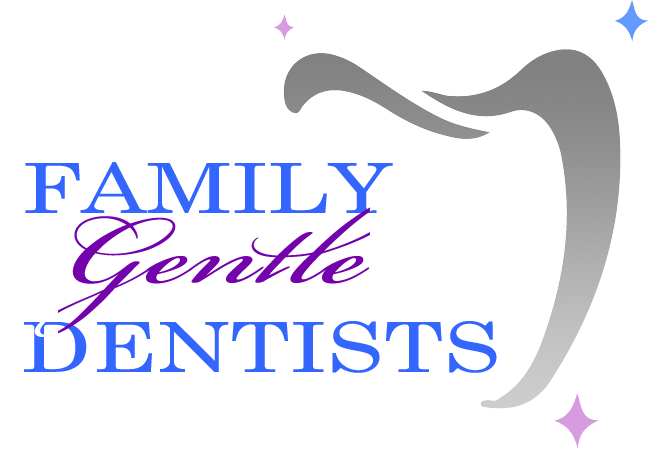Our doctors and staff at Family Gentle Dentists in Woodhaven have been providing tooth bonding procedures for cosmetic dentistry for years for our patients in the Downriver area.
Tooth bonding is the application of a tooth-colored resin material using a high intensity curing light. Typically used in cosmetic dentistry, for cosmetic purposes, tooth bonding literally bonds the materials to the tooth. Applications for tooth bonding include:
- To fill the spaces between teeth
- To make teeth look longer
- To change the shape of a tooth
- To change the color of a tooth
- As an alternative to amalgam dental fillings or to protect a tooth with exposed gum or nerve
- To repair decayed teeth
- To repair chipped or cracked teeth
Tooth bonding, also called dental bonding is a procedure that takes very little time to prepare. Typically, unless the bonding is used on exposed nerves or to fill a decayed tooth, dental bonding does not require the use of anesthetics, making it a fast and comfortable procedure.
Generally there are two types of dental bonding:
- Direct Bonding- the process where a dentist uses tooth-colored composites to fill cavities, repair chips or cracks, close gaps and build up worn down teeth. These materials may also be directly applied and sculpted to the surface of teeth in order to maximize the enhancement of a smile.
- Adhesive Bonding- the process of attaching a restoration to a tooth. Adhesive bonding is commonly used with aesthetic crowns, porcelain veneers, bridges and inlays/outlays. In this process the dentist first chooses a color and shape that matches the teeth, the surface of the tooth is then roughened to ensure a successful bond. Next the liquid bonding agent is applied and the tooth-colored putty-like resin is applied over that. The substance is then molded and smoothed out to match the rest of the teeth and then hardened with an ultraviolet curing light. This process can be repeated as needed in order to achieve the desired shape and fit.

